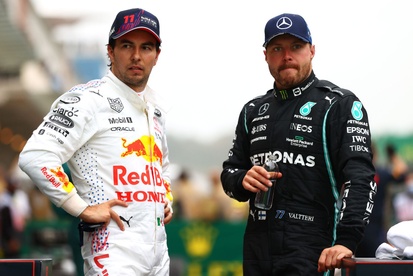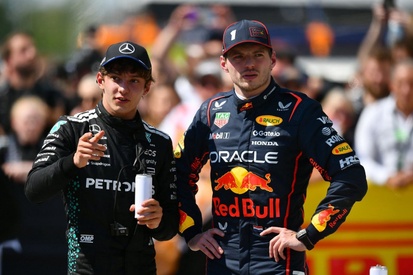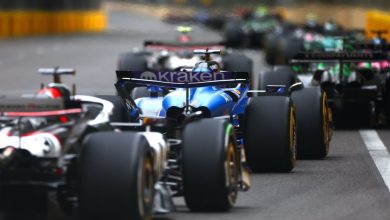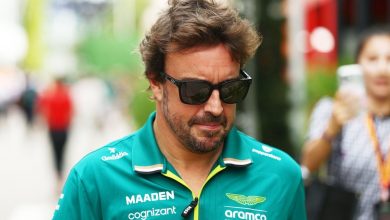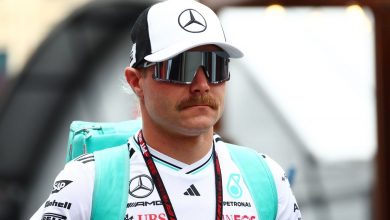Why Cadillac chose Valtteri Bottas and Sergio Perez over American drivers for F1 2026
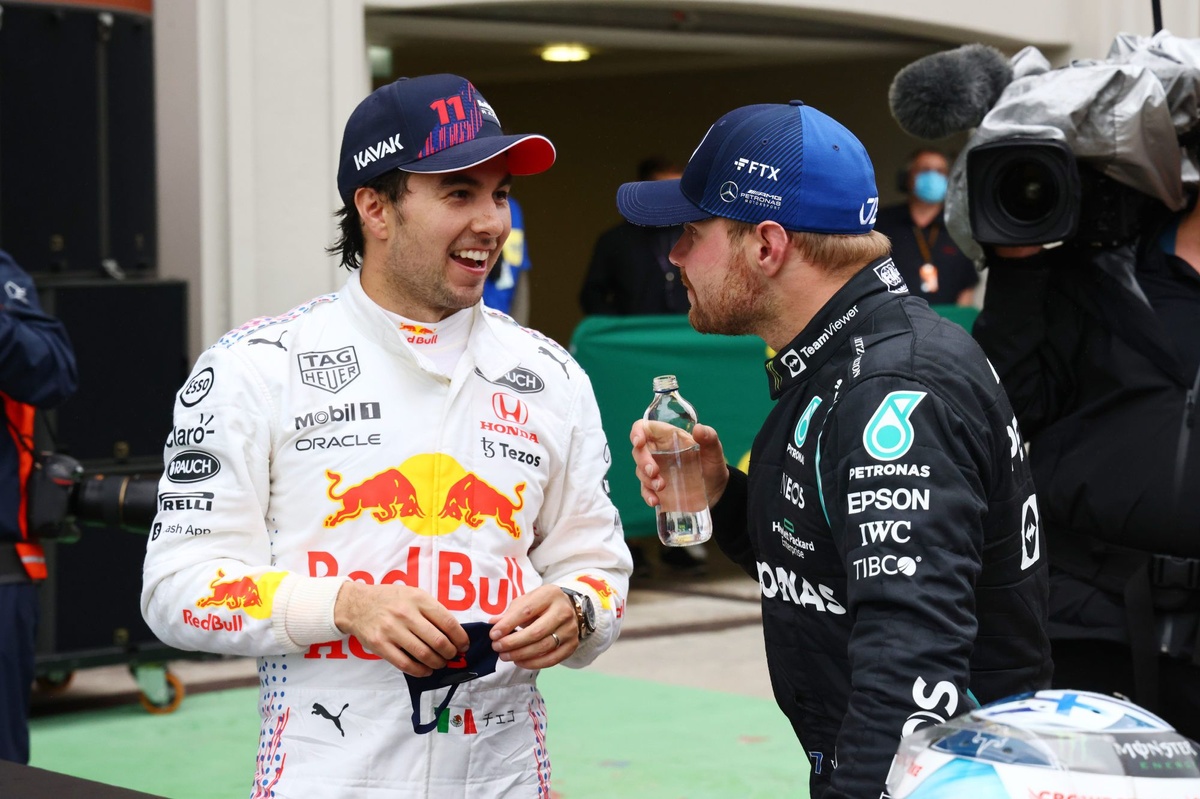
“Mick Schumacher snubbed” is one of the more outre – if suitably attention-grabbing – headline takes on the news that Valtteri Bottas and Sergio Perez will drive for Cadillac when the General Motors brand appears on the F1 grid next season.
True, Schumacher Jr is understood to have been one of the names potentially up for consideration, along with Franco Colapinto, Zhou Guanyu, Felipe Drugovich, Jack Doohan, Frederik Vesti and Jak Crawford. But that is beginning to sound dangerously like a list, and team principal Graeme Lowdon has repeatedly said there was never a list.
Perhaps, then, we can characterise the process as window-shopping.
American humourist PJ O’Rourke once published a collection of works entitled Age and Guile Beat Youth, Innocence and A Bad Haircut, but in Bottas Cadillac has brought in a combination of these theoretically juxtaposed elements. Perez too offers a wealth of experience, along with a more restrained barnet (for now).
They are knowns, as opposed to the Rumsfeldian tangle of known unknowns represented in the list which isn’t a list. Or, in the case of Mick, a known propensity for bringing on large repair bills.

Mick Schumacher, Haas VF-22 crash
Photo by: Steven Tee / Motorsport Images
Bottas arrives with a reputation for being a decently quick driver who plays nicely with his team-mates and is a safe pair of hands – although there is a slightly irony in his being paired with Perez. One of Valtteri’s rare off-days, the 2021 Hungarian GP, involved him skittling Checo (and several others) off at the start. The two also collided in Abu Dhabi last year, during what was expected to be their grand prix swansong.
So it would be easy to conclude that Cadillac’s decision was dictated by boring conservatism, along with the allure of Perez’s commercial value in the lucrative South American market. But F1 CEO Dan Towriss was clear that Cadillac did due diligence on both, addressing the questions of whether Bottas was still quick enough, and how much inferior equipment played a part in Perez’s miserable final months at Red Bull.
“We spent a lot of time looking at past experience and what the state of the world was at Sauber, and how Valtteri performed with the car that’s there,” Towriss said in a media call on the day of the announcement. “Plus qualifying performance versus race performance.
“Then, in particular, probably a more complicated scenario was Red Bull, right? That’s been an interesting kind of saga to watch. A team that’s really built around one driver, but has two, and clearly none of the other drivers have fared well in that second seat, from that standpoint. So we did take a lot of time to talk to people at Red Bull and get information and feedback.”
From a public-facing standpoint at least, the message is that experience trumps the potential to shift more metal ‘south of the border’. Presumably Cadillac’s due-diligence process involved more than just reading a 1987 piece from the aforementioned O’Rourke compendium, A Borderline Experience – Touring the Impoverished Mexican Frontier in a Lincoln Town Car with a Flashy Blonde, a diverting piece of prose but one featuring opinions which have not passed the test of time.
“I think both Checo and Valtteri have a very strong following from a commercial standpoint, and from a sponsorship standpoint, from being on the F1 circuit for many, many years,” said Towriss. “But that really wasn’t a factor. It was their experience.”
But since Cadillac is notionally an American entity, even if the F1 operation will be run out of the UK’s ‘Motorsport Valley’, there will be obvious questions in the wider world – outside the sphere of embedded fandom, that is – over why no American driver was available. Even though, in theory, there was, since Jak Crawford’s name was on the list-that-wasn’t-a-list.

Jak Crawford, Aston Martin F1 Team looks on during the F1 Grand Prix of Bahrain
Photo by: Bryn Lennon / Formula 1 / Getty Images
Crawford, currently racing for DAMS in Formula 2 and second to Leonardo Fornaroli in the championship standings, is in his third year in that category so he needs to target a step up in 2026. But he’s also part of the Aston Martin driver development programme and heavily involved in that team’s 2026 F1 project via simulation work.
Even if he were to win the F2 championship this year, he runs the risk of ending up in the same boat as 2022 F2 champion Felipe Drugovich, who has been fruitlessly warming the bench at Aston Martin for almost three seasons now. Drugovich, you’ll recall, was also on Cadillac’s not-a-list.
It’s understood that one of the reasons Cadillac passed on Crawford was the fear of following a similar trajectory to Williams with Logan Sargeant, wherein a challenging car swiftly turned a confident young man into a quaking wreck.
If experience is that much of a prerequisite, you might say, then why not approach the likes of Alex Palou and Pato O’Ward – not American-born, but successful IndyCar drivers with a large profile in the US and a known yearning to give F1 a go? Palou had some Testing of Previous Cars running for McLaren in 2022, along with an FP1 outing at the US GP, but that team’s ardour for him has cooled of late – a $30m breach-of-contract lawsuit will do that kind of thing – and he has barely been seen in the F1 orbit since. Apart from a ‘silly season’ story connecting him with Red Bull, that is.

Alex Palou, McLaren F1 testing at Barcelona
Photo by: Monaco Increase Management
O’Ward has also driven a McLaren, most recently in FP1 in his native Mexico last year, but that seemed more of a PR exercise since he was tasked with evaluating new aerodynamic components and was explicitly warned not to go too fast. Until an F1 team is prepared to give an IndyCar driver a proper opportunity, which will entail a good amount of testing to acclimatise to the different characteristics, the prospect of a top US-based racer swapping disciplines remains distant.
It seems a question of nurture rather than nature, since American drivers hoping to race in F1 still have to make their choice at an early age and tackle the racing ladder in Europe rather than the US. But this is an issue best explained via a flowchart, like O’Rourke’s How Fluoridated Water Turns Kids Into Communists…
In this article
Be the first to know and subscribe for real-time news email updates on these topics
